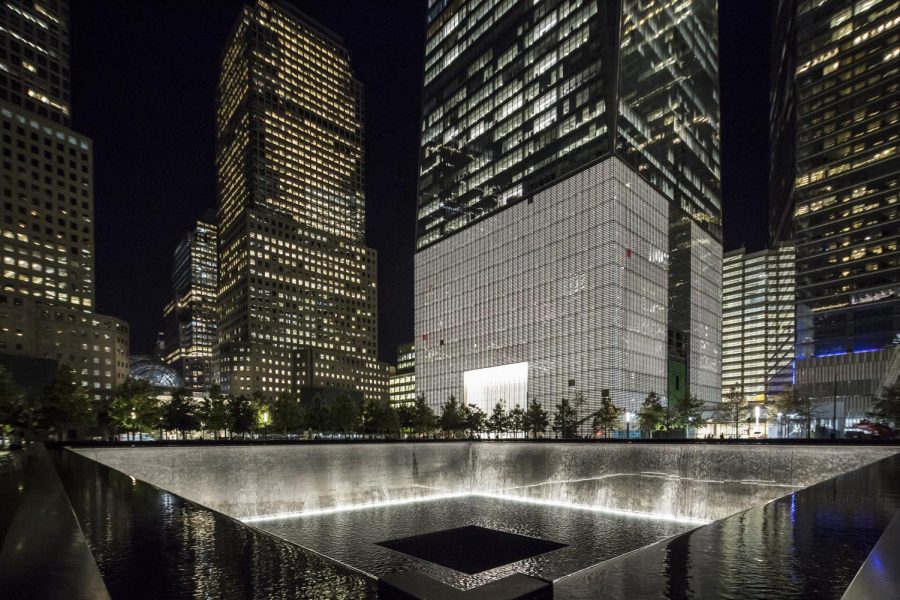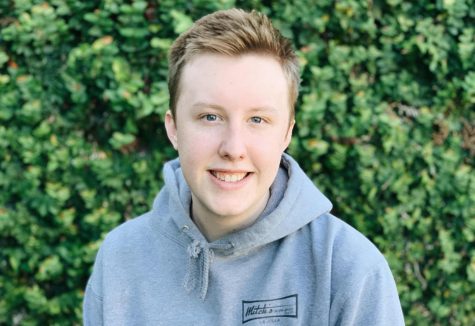The 20th anniversary of the terrorist attacks on the World Trade Centers was on September 11, 2021. 20 years prior in 2001, the worst domestic attack on United States soil shook the entire world. That day, we as a nation lost thousands of innocent lives when none of them deserved it.
The community of San Diego Mesa College runs deep. And while most of today’s young college students weren’t alive to experience that tragic event, many older students and staff were. Professor of sociology Evan Adelson, who was teaching at Mesa during the timeframe of 9/11, said “I got a call from a friend that morning. He said turn on the news and I asked why. He said ‘they blew up the twin towers.’ I was confused and I asked ‘the ones in New York?’ He said yes, so I turned on the news. My wife walked down the hallway and asked me why I had the TV on. I said they blew up the twin towers. She said ‘the ones in New York?’ We were both confused. Who would do this and why?”
For Adelson, it was a troubling time, understandably so and he didn’t remember what the work week was like. “I don’t remember anything about it at Mesa. I teach sociology, so I must have talked about it, but I have no recollection of what I or anybody else said,” mentioned Adelson. He added, “I taught sociology then and I still do, so I’ve read a lot about fundamentalism and terrorism, and use a lot of it in class.”
Sociology is especially interesting when talking about a subject such as the attacks of 9/11 because they go hand-in-hand. Adelson noted, “I teach a class now called “Globalization and Social Change” where we talk about (previously mentioned) fundamentalism and terrorism a lot, but it’s a much different conversation. I do remember that in G.W. Bush’s first address to the country he told us to keep shopping. People were afraid terrorists would bomb all public places, and the president wanted to be sure that we didn’t ruin the economy by not shopping.”
The attacks that day were 2,780 miles away from Mesa’s campus, but for some staff members, it felt a little closer than that. Jennifer Sime, who is now a professor of anthropology, was a graduate student at Columbia University, living in New York City the day the attack occurred. “I was about 7 to 8 miles away. That’s the distance between my apartment on West 119 Street (practically next door to Columbia University) and the World Trade Center. It doesn’t seem far, but it was a world away from what was occurring downtown,” she said.
Sime explained, “Everything felt chaotic, utterly confusing, and as a result, extremely frightening. Obviously, classes were canceled. I didn’t want to be alone, and I soon left my apartment where I spent the day in the company of two good friends, listening to the news, and trying to reach my parents in Sacramento to tell them that I hadn’t been downtown that morning. Manhattan felt like a true island to me for the first time – all bridges and tunnels were closed. And air traffic stopped, of course. The only planes in the sky were two fighter jets, circling around and around overhead.” Sime’s experience illustrates what catastrophic events can do to citizens standing idly by. In an ideal world, no one should have to experience that, which is why 9/11 must never be forgotten. We learn from our life experiences and they make us stronger.
Sime had a unique opportunity following the 9/11 attack, noting “I was offered a job to work as an ethnographic interviewer in October and November 2001. It was part of a project sponsored by the National Institute of Health, under the supervision of a professor in Social Medicine at Harvard, who was interested in questions regarding the possible increase in substance abuse in people who had experienced trauma. I was part of a team who conducted interviews with first responders at ground zero such as EMTs, firefighters, and police. But other people also participated in the efforts to recover human remains, such as chaplains and construction workers. As a side note, we didn’t call it ground zero back then. We just called it “the World Trade Center” and then, among the people I interviewed, it was referred to as “the pit” which was fairly accurate – it was, literally, a pit filled with rubble, where parts of the buildings kept burning for many days after the attacks.”
She continued, “This work was extremely difficult. I spent many hours a week at ground zero. I usually went late at night because it was less chaotic, more likely I would find someone who would be willing to talk to me and tell me their story of what happened on 9/11 and what their work involved. Not everyone wanted to talk, but a fair number of people were willing to talk to me, and they told me what happened in sometimes graphic detail. What people experienced was truly nightmarish, a kind of hell. There was an immense amount of suffering.”
“This might sound strange, but there were many moments of beauty that day, and afterwards, when people looked into each other’s eyes as they passed each other on the street – moments of human connection – and there was hope in the air, hope and the desire to work for a future without mass death,” Sime finished. As we go forward in time, with each and every year passing we must remember this event, but not only the terrible tragic event. We must remember that in times of need, our fellow Americans will be there for each other through thick and thin, just like the Mesa community.


